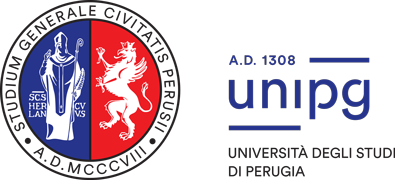Of ancient but uncertain origin, and perhaps related to the conquests of the Romans, who during the paving of the roads distracted children with jumping games. The Monkey Game has several variants and several designations: Game of the Plane, of the Airplane, of the Foot Coxinho, of the Week, of the Man, Amarelinha or Cartola, as they call it in Mondim de Basto (Cabral 1998a, p. 94) among other designations. It’s played all over the country and with some frequency it is drawn in the 1st Cycle School floors, in patios and terraces between buildings, among other spaces where generally children play. Drawn on the ground, the Monkey Game is played to two or more players. A double T is drawn on the floor (made in squares), which are numbered from house 1 to 8 (Oliveira 2006). The House 7/8 is called heaven. Common small object or mesh, this is thrown to the first house, so that do not touch the lane or outside the square. In case of the mesh is left out, the player must pass the turn. When the mesh is inside the house, the player has to make the path to the little pecoxinho, so that only one foot is placed on the house and must jump the house where the object is located. Putting one foot in each house of the last T, must rotate in the air and perform the same way back. When you get to the house that has the mesh, you have to catch it, keeping in balance in a single foot. when to return to start, will make the next move by throwing the stone to the next square. if fails, passes the turn to the next participant and resumes his turn with the thrown into the house where it left off.
Monkey game (or plane)
- Home
- Monkey game (or plane)
Call Us
Mail Us
2022 © EuFestTSG - Copyright All Rights Reserved
Cookie Policy|Privacy|Credits|Private Area
Cookie Policy|Privacy|Credits|Private Area



























